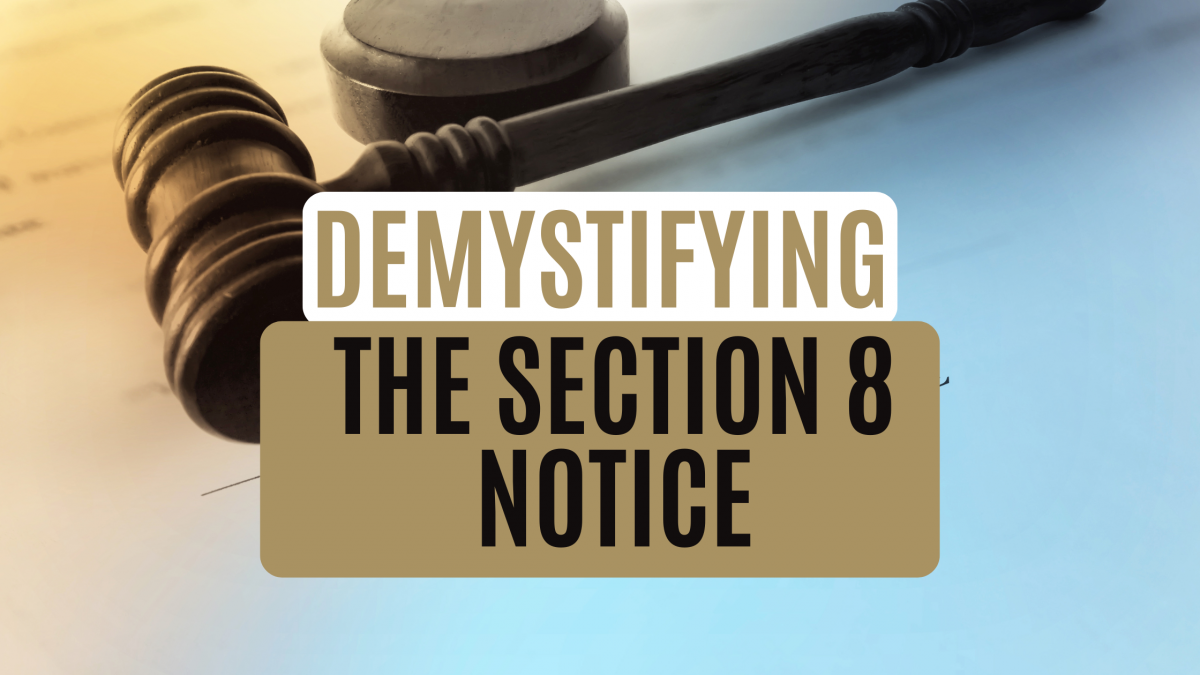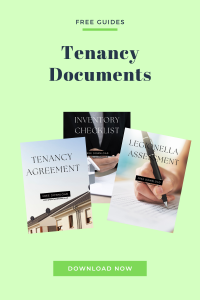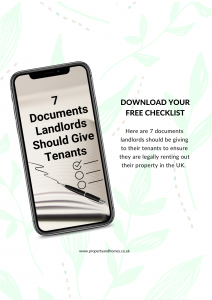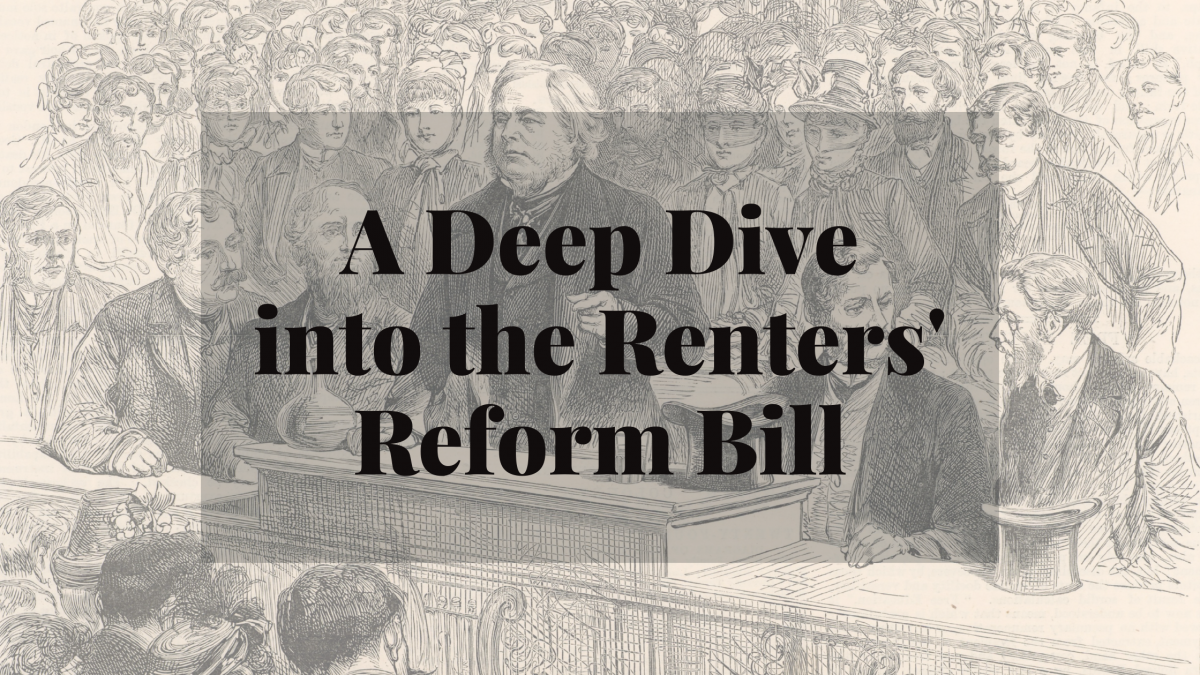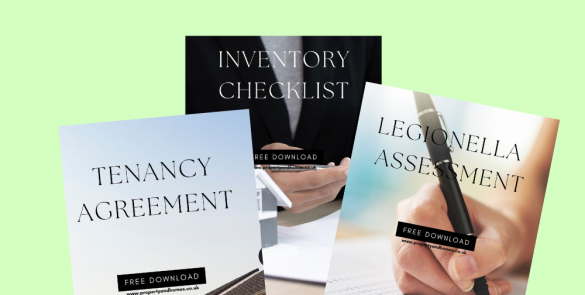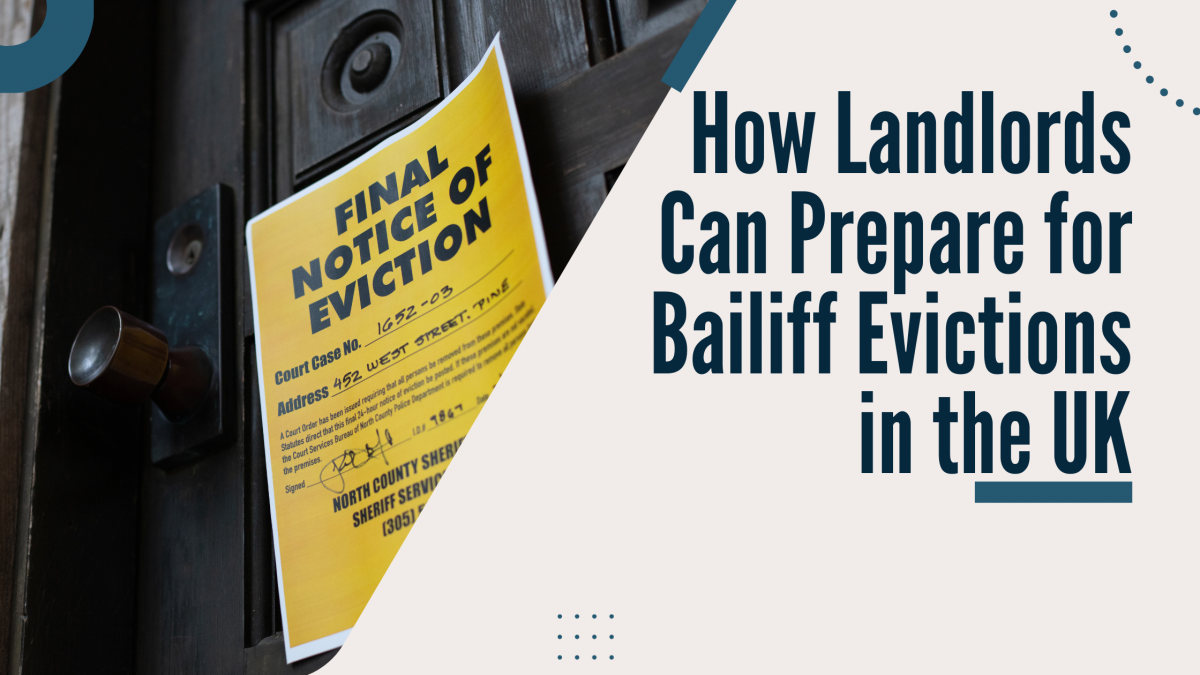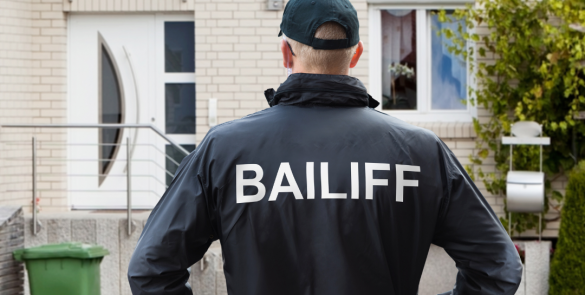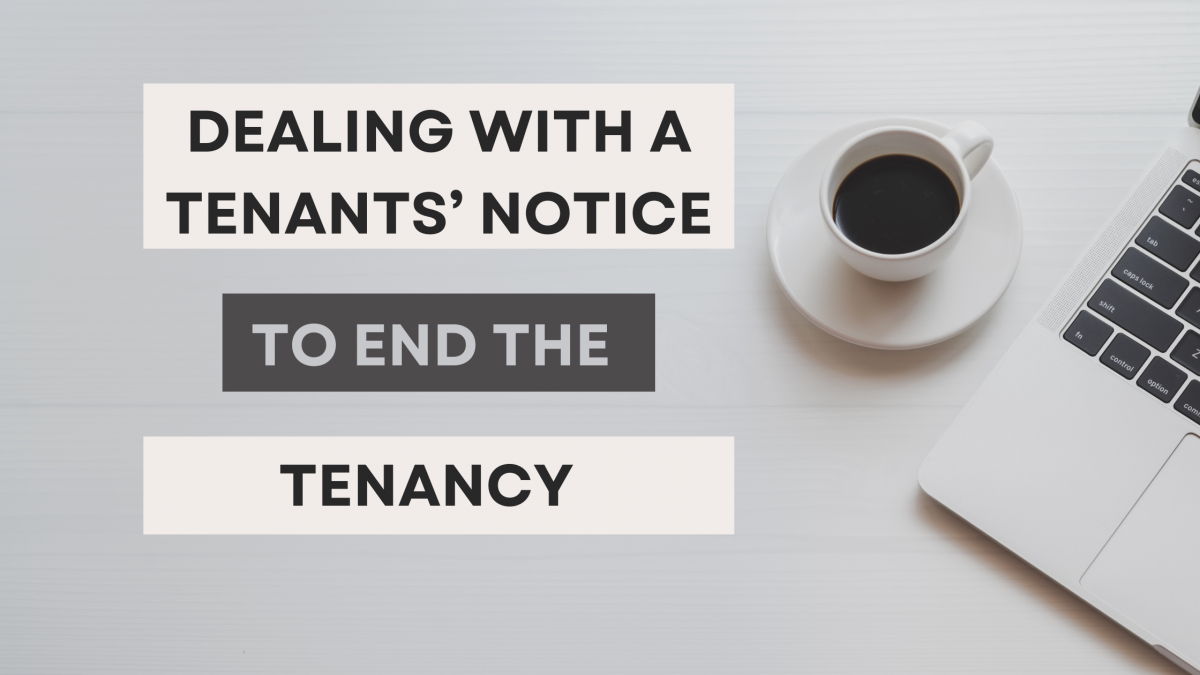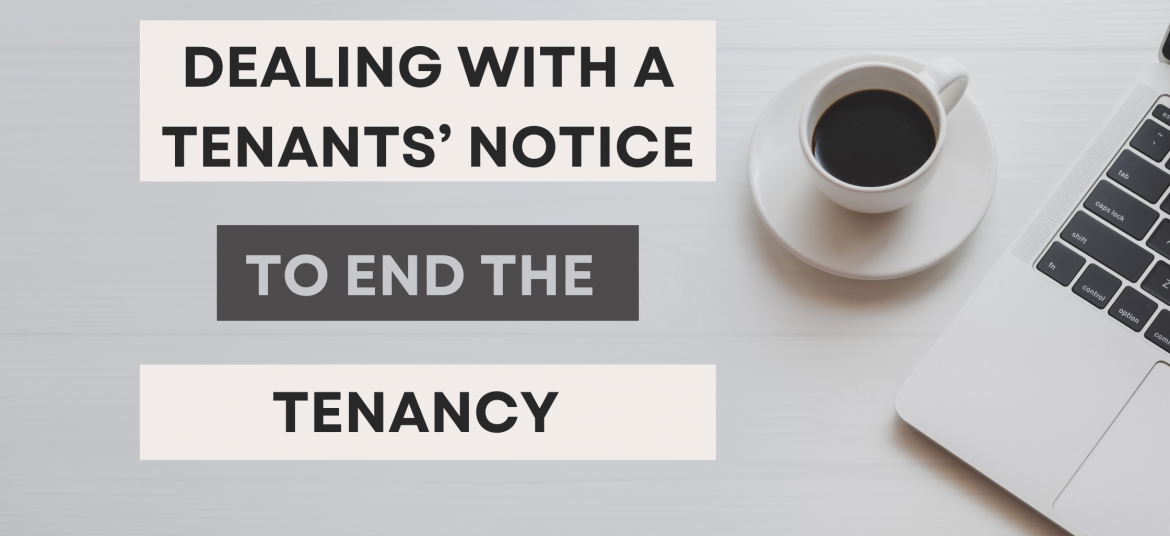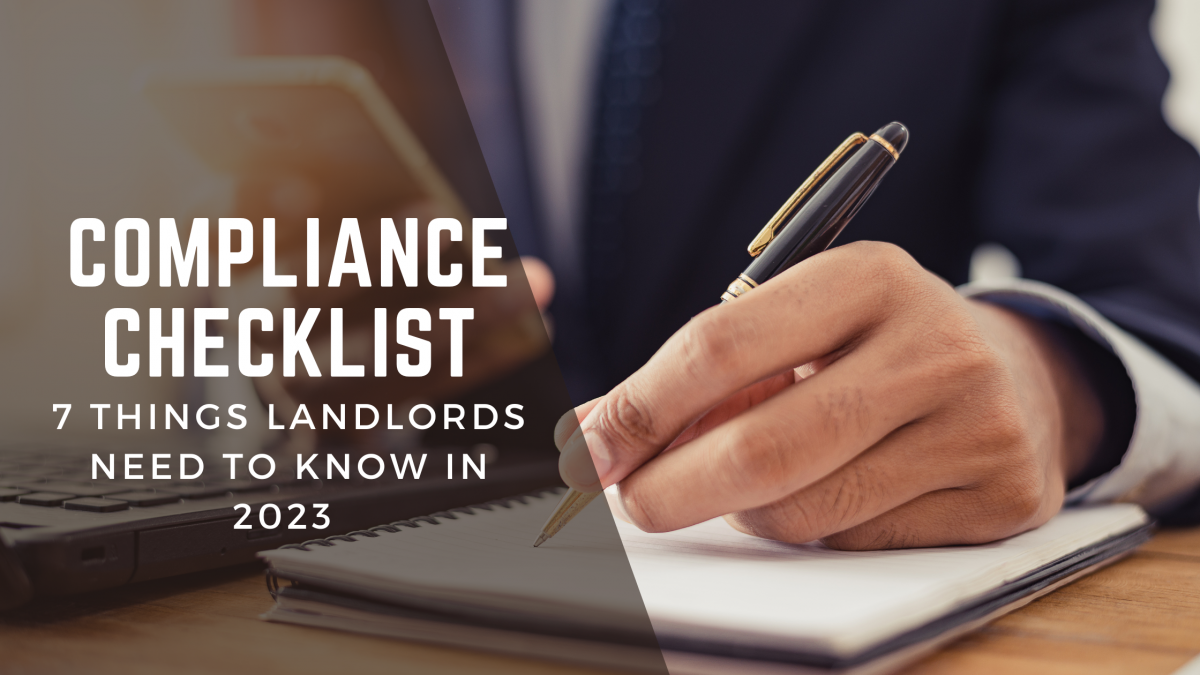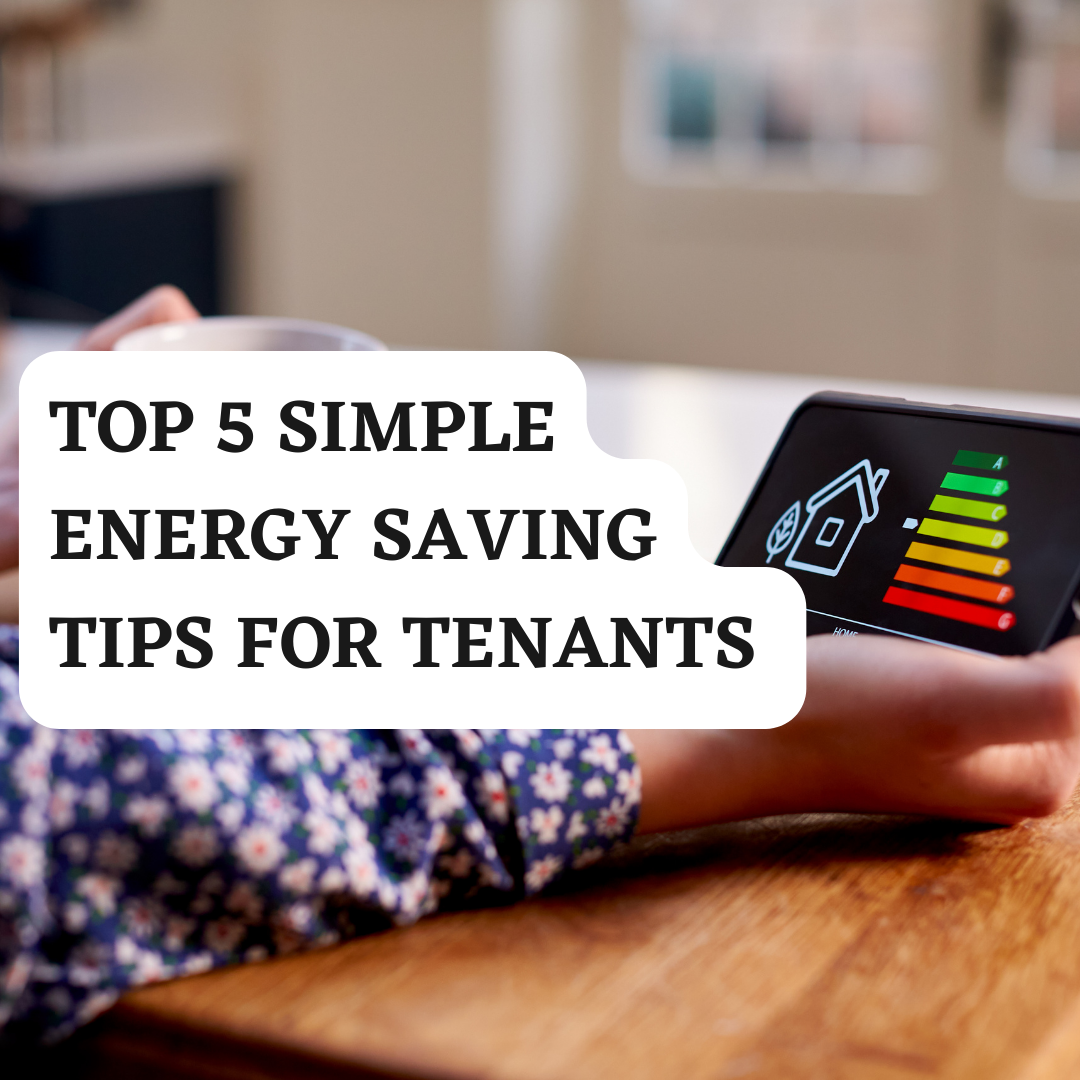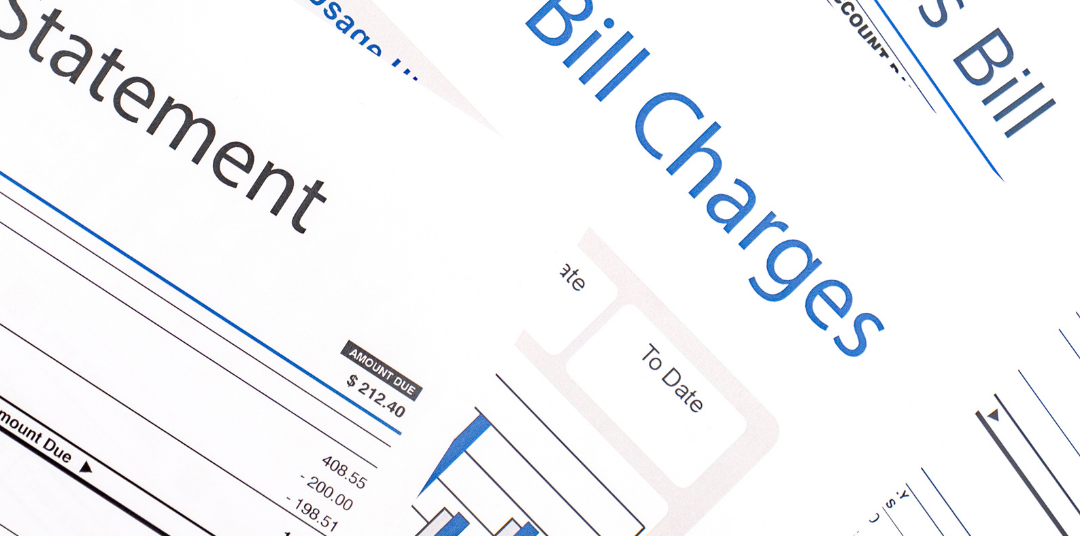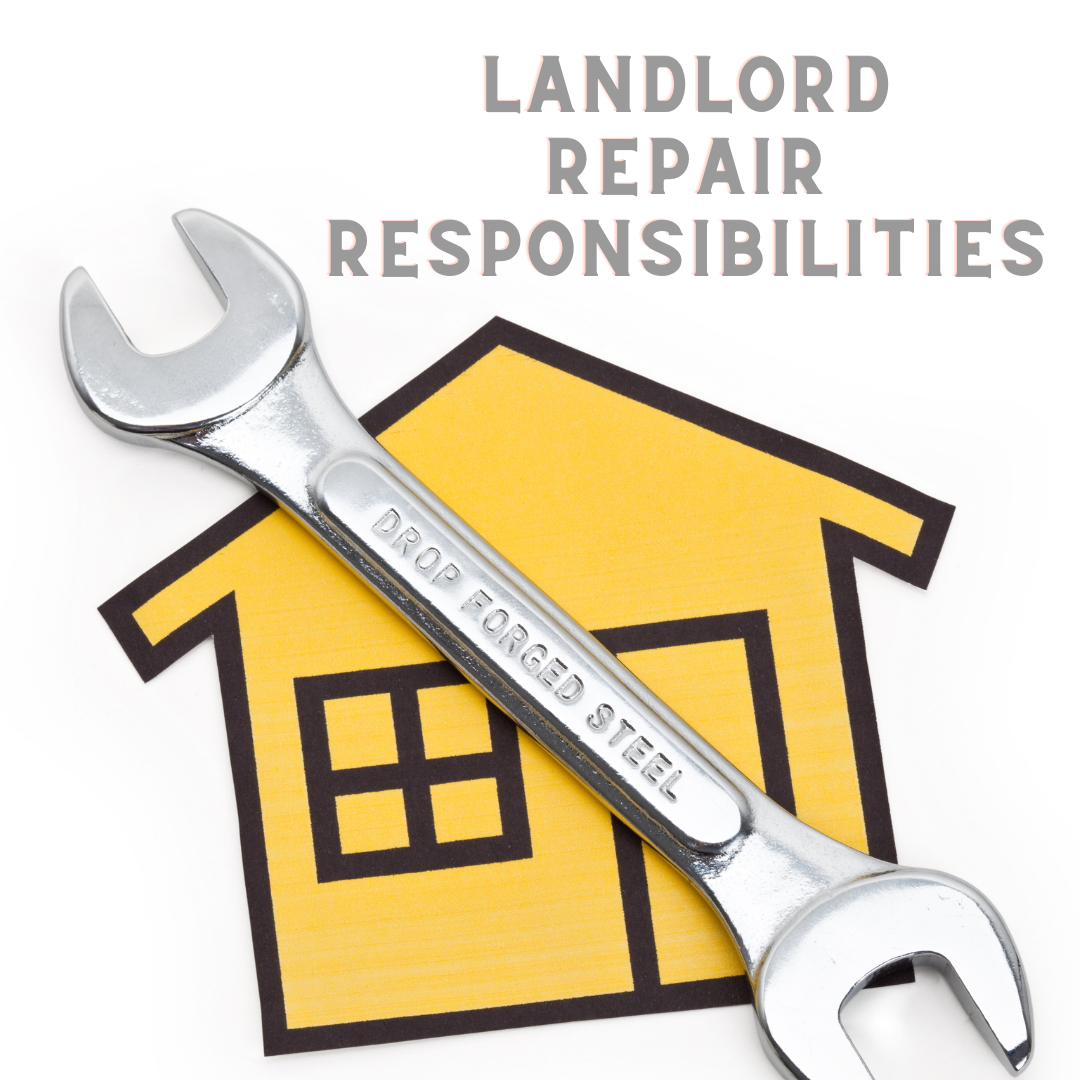Demystifying the Section 8 Notice: A Comprehensive Guide for Landlords
When it comes to managing rental properties, landlords occasionally find themselves in situations where tenants are in breach of their tenancy agreements. In such cases, a Section 8 notice can be a valuable tool to regain possession of the property. In this guide, we’ll explore what a Section 8 notice is, the grounds for serving it, and provide practical examples to help landlords understand how to use it effectively.
What is a Section 8 Notice?
A Section 8 notice is a legal notice served by a landlord to a tenant to initiate proceedings for possession of a rental property. It is governed by the Housing Act 1988 and allows landlords to seek possession when tenants are in breach of their tenancy agreement, provided certain conditions are met.
Grounds for Serving a Section 8 Notice
To serve a Section 8 notice, landlords must have valid grounds for possession. These grounds are categorized into mandatory and discretionary grounds. Let’s delve into these grounds with practical examples.

Mandatory Grounds
Rent Arrears (Ground 8): This is one of the most common grounds for possession. If a tenant falls into arrears of rent, landlords can use this ground.
Example: Imagine your tenant, John, has failed to pay rent for three months. You can serve a Section 8 notice citing Ground 8 to seek possession of the property due to substantial rent arrears.
Mortgage Repossession (Ground 2): This ground applies if the rental property is subject to a mortgage, and the lender is repossessing the property.
Example: Your rental property is mortgaged, and the lender is exercising a power of sale. You can use Ground 2 as a mandatory ground for possession.
Selling the Property (Ground 1): If you intend to sell the property with vacant possession, you can serve a Section 8 notice using this ground.
Example: You’ve decided to sell the property and need it to be vacant for the sale. Ground 1 can be used to regain possession.
Occupation as Principal Home (Ground 9): If you or your close family member wishes to move into the property as their primary residence, you can serve a Section 8 notice citing this ground.
Example: Your elderly parent needs to move into the property for health reasons, and you want to regain possession. Ground 9 can be used as a mandatory ground.
Selling under a Rent-to-Buy Scheme (Ground 10): If you are a private registered provider of social housing and have a rent-to-buy agreement, this ground allows you to seek possession.
Example: You are part of a rent-to-buy program, and you wish to regain possession to facilitate this arrangement. Ground 10 applies.

Discretionary Grounds
Antisocial Behavior (Ground 14): This ground covers situations where the tenant or someone living with them has engaged in antisocial behavior.
Example: Your tenant, Sarah, has been causing disturbances and creating a hostile living environment for neighbors. You can serve a Section 8 notice using Ground 14 as a discretionary ground.
Breach of Tenancy Agreement (Ground 12): This ground applies to various breaches of the tenancy agreement, such as subletting without permission.
Example: Your tenant, Mark, has sublet the property without your consent, violating the terms of the tenancy agreement. Ground 12 can be used as a discretionary ground.
Accumulated Arrears (Ground 11): This ground covers cases where rent arrears have accrued, but they don’t meet the criteria for Ground 8.
Example: Your tenant, Lisa, consistently falls behind on rent, but the arrears do not reach the threshold for Ground 8. You can serve a Section 8 notice using Ground 11.
Waste or Nuisance (Ground 17): This ground applies when the tenant is causing damage to the property or creating a nuisance.
Example: Your tenant, Robert, has been causing damage to the property and disrupting neighbors with constant noise. Ground 17 can be used as a discretionary ground.
Serving the Section 8 Notice
To serve a Section 8 notice, landlords must follow a specific process:
- Complete the correct notice form (Form 3) or use a solicitor.
- Clearly specify the grounds for possession.
- Serve the notice to the tenant by hand or by post, ensuring they receive it.
- Keep a record of the notice and the date of service.
Conclusion
A Section 8 notice is a valuable tool for landlords to regain possession of their rental properties when tenants are in breach of their tenancy agreements. Understanding the grounds for possession, both mandatory and discretionary, is crucial for successful eviction. Remember that the process can be legally complex, and it’s advisable to seek legal advice or consult with professionals experienced in landlord-tenant matters. By following the proper procedures and grounds for possession, landlords can effectively use a Section 8 notice to protect their property and investments.
Need to fix a repair or breakdown?
Landlord Blog
Demystifying the Section 8 Notice: A Comprehensive Guide for Landlords
When it comes to managing rental properties, landlords occasionally find themselves in situations where tenants are in breach of their tenancy agreements. In such cases, a Section 8 notice can be a valuable tool to regain possession of the property.
Navigating the Rental Revolution: A Deep Dive into the Renters’ Reform Bill
The Renters’ Reform Bill is a hot topic in the UK, aiming to bring a wave of change to the rental market. We’ve rounded up all you need to know about this exciting development and will keep you updated as the details unfold.
A Comprehensive Guide: How Landlords Can Prepare for Bailiff Evictions in the UK
Evictions can be a challenging and distressing process for landlords in the UK, particularly when the tenant is uncooperative or has failed to pay rent. If all other methods to resolve the situation have been exhausted, landlords may need to consider the last resort – applying for a bailiff eviction.
We create this content for general information purposes and it should not be taken as advice. Always take professional advice. Please read our full disclaimer.

